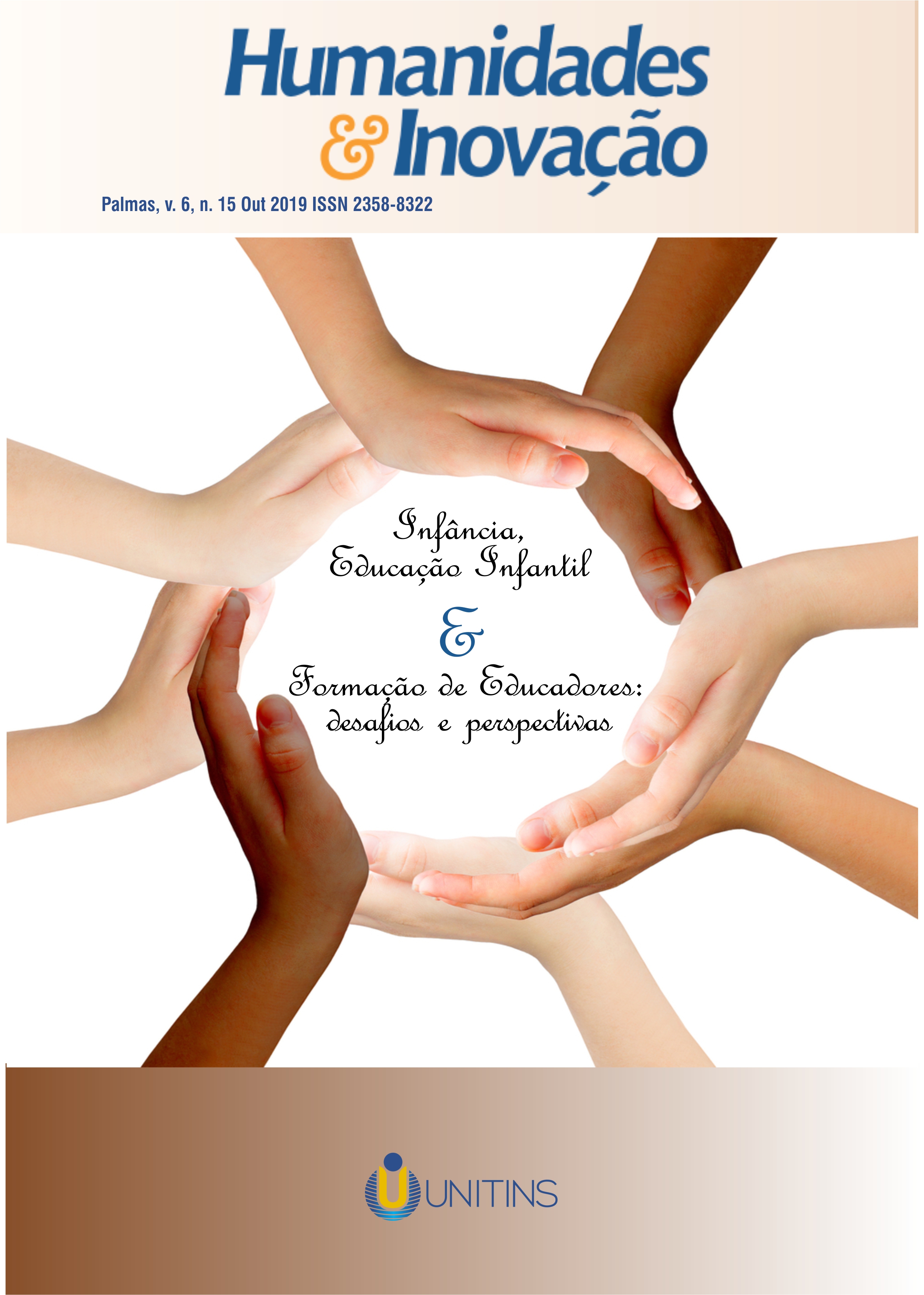USO DE TÉCNICAS DE MUSICOTERAPIA NA COLETA DE DADOS DE DESENVOLVIMENTO LINGUÍSTICO
Abstract
In this study, we present a reflective paper on the use of Music Therapy techniques in language development data collection of twin and non-twin children with typical development. In particular, we report the experience of using music in data collection, accordingly to Bruscia (2000), based on the four types of musical experience (improvisation, re-creation, composition and listening) and the three types of musical intervention (music-centered, beauty (aesthetic)-centered and creativity-centered). Finally, we present the benefits of these techniques in early childhood data collection for promoting musical creativity along with body expression.
References
ALMEIDA, M.V.M. Corpo e Musicoterapia: Singularidades em uma prática de reabilitação. Revista Brasileira de Musicoterapia, n. 7, p. 8 – 16, 2004.
BAIA, M.F.A. Formato prosódico inicial na aquisição do português brasileiro e as implicações metodológicas. Universidade de São Paulo. Dissertação de mestrado, 2008.
BARCELLOS, L. R. M. Cadernos de Musicoterapia 4. Rio de Janeiro: Enelivros, 1999.
BARCELOS, L. R. M. A música como metáfora em Musicoterapia. Tese de Doutorado. Universidade Federal do Estado do Rio de Janeiro- UNIRIO, 2009.
BENENZON, R. O. Manual de Musicoterapia.Rio de Janeiro: Enelivros, 1985.
BRUSCIA, K. E. O desenvolvimento musical como fundamentação para a terapia. Trad. Lia Rejane Mendes Barcellos. Proceedings of the 18 Annual Conference of the Canadian Association for Music Therapy, 1991, p. 2-13.
BRUSCIA, K. E. Definindo Musicoterapia. Rio de Janeiro: Enelivros, 2000 [1998].
FRANÇA, C. C. Para fazer música. Belo Horizonte: Editora UFMG, 2012.
FURUSAVA, G. C. Setting musicoterápico. São Paulo: Apontamentos, 2003.
GRATIER, M. As formas da voz: o estudo da prosódia na comunicação vocal mãe-bebê. In: LAZNIK, M. C.; COHEN, D. (Orgs.). O Bebê e seus Intérpretes: clínica e pesquisa. 1ª ed. São Paulo: Instituto Langage, pg.79-83, 2011.
MacWHINNEY, B. The CHILDES Project: Transcription on Format and Programs. 3ª ed. New Jersey: Lawrence Erlbaum, 3ª ed, v. I e II, 2000.
MASSINI-CAGLIARI, G. O conceito de pé como unidade rítmica: trajetória In Estudos de prosódia, org. Scarpa, E. M, Campinas, SP: Editora da UNICAMP, 1999.
MED, B. Teoria da música. Brasília, Musimed, 4ª edição, 1996.
PALAZZI, A.; FONTOURA, D. R. Musicoterapia na afasia de expressão: um estudo de caso. Revista Brasileira de Musicoterapia. Ano XVIII, nº 20, 2016.
PARIZZI, M. B. O canto espontâneo da criança de zero a seis anos: dos balbucios cantados às canções transcendentes. Revista da ABEM. Porto Alegre, v. 15, 39-48, 2006.
QUEIROZ, G. J. P. Aspectos da musicalidade e da música de Paul Nordoff e suas implicações na prática clínica musicoterapêutica. São Paulo: Apontamentos, 2003.
RUDD, E. Música e saúde. São Paulo: Summus, 1991.
SCARPA, E. M. Learning External Sandhi. Evidence For A Top-Down Hypothesis Of Prosodic Acquisition”. In: GALA'97 Conference on Language Representation and Processing, 1997.
Copyright Notice
The submission of originals to this periodic implies in transference, by the authors, of the printed and digital copyrights/publishing rights. The copyrights for the published papers belong to the author, and the periodical owns the rights on its first publication. The authors will only be able to use the same results in other publications by a clear indication of this periodical as the one of its original publication. Due to our open access policy, it is allowed the free use of papers in the educational, scientific and non-commercial application, since the source is quoted (please, check the Creative Commons License on the footer area of this page).











